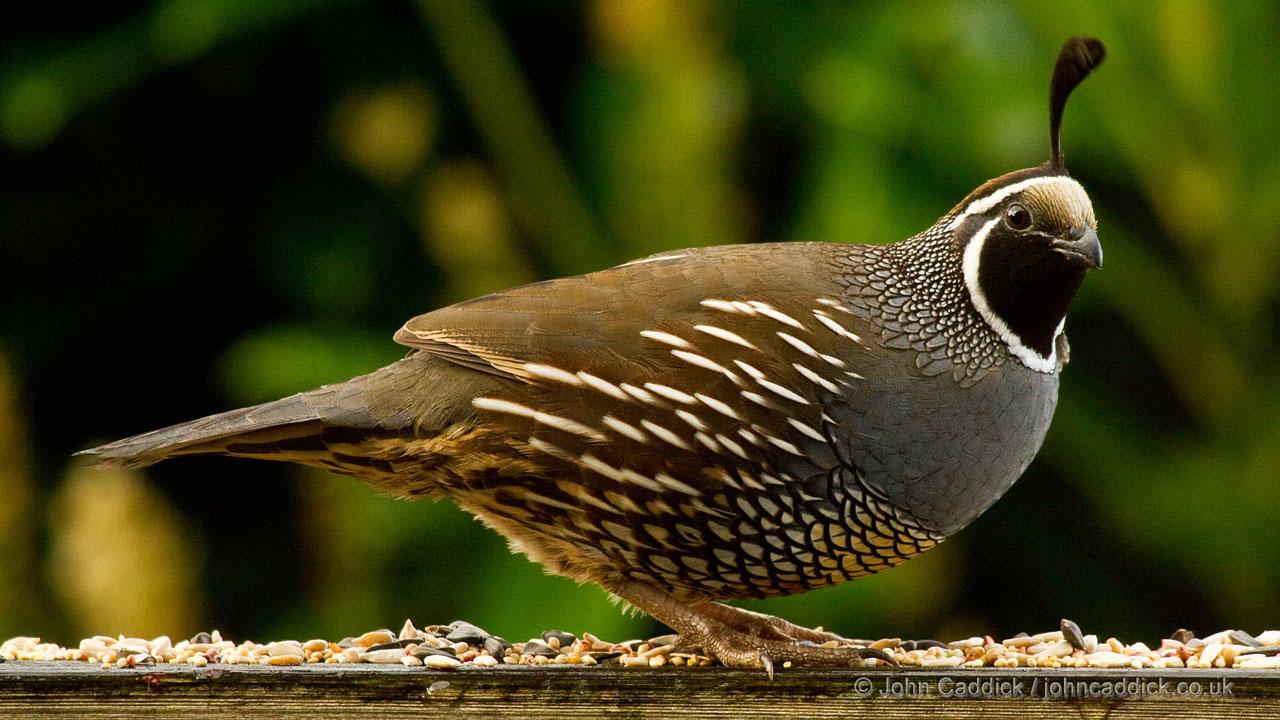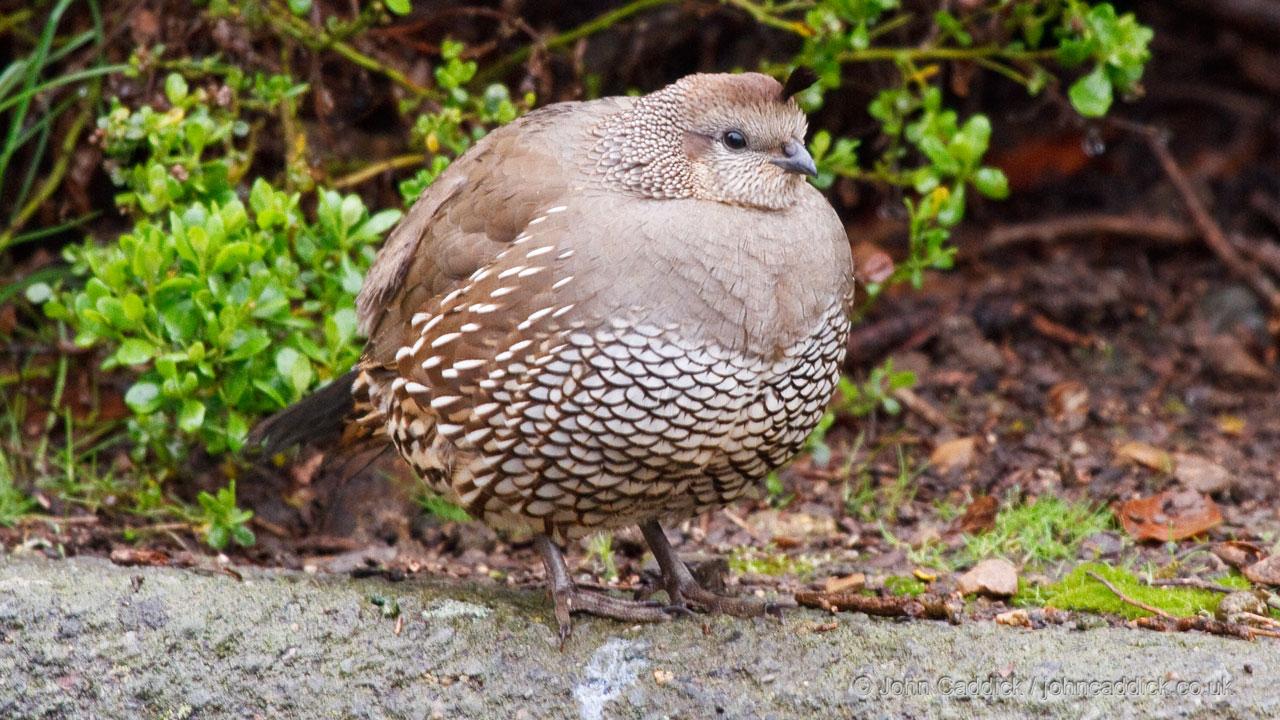

Often, families group together, into multifamily "communal broods" which include at least two females, multiple males and many offspring. Once hatched, the young associate with both adults. The female usually lays approximately 12 eggs. The nest is a shallow scrape lined with vegetation on the ground beneath a shrub or other cover. Their breeding habitat is shrubby areas and open woodlands in western North America. Breeding Ī chick in Wellington, New Zealand (introduced species) Given a choice, they will normally escape on foot. If startled, these birds explode into short rapid flight, called "flushing". Their diet consists mainly of seeds and leaves, but they also eat some berries and insects for example, Toyon berries are a common food source. They can sometimes be seen feeding at the sides of roads. These birds forage on the ground, often scratching at the soil. They were originally found mainly in the southwestern United States but they have been introduced into other areas including British Columbia, Hawaii, Chile, Uruguay, Brazil, Argentina, Peru, South Africa, New Zealand, and to Norfolk Island and King Island in Australia. Although this bird coexists well at the edges of urban areas, it is declining in some areas as human populations increase. An ornithologist is able to detect the presence of quail in an area by spotting the circular indentations left behind in the soft dirt, some 7–15 cm (2.8–5.9 in) in diameter. They seem to prefer sunny places in which to create these dust baths. They then wriggle about in the indentations they have created, flapping their wings and ruffling their feathers, causing dust to rise in the air. A group of quail will select an area where the ground has been newly turned or is soft, and using their underbellies, will burrow downward into the soil some one to two inches. One of their daily communal activities is a dust bath. The California quail is a highly sociable bird that often gathers in small flocks known as "coveys". plumbea ( Grinnell, 1926) – San Quintin California quail – San Diego County to southern Baja California orecta ( Oberholser, 1932) – Warner Valley quail – Warner Valley in Oregon to extreme northern California catalinensis ( Grinnell, 1906) – Santa Catalina quail – Santa Catalina Island (off southern California) canfieldae ( Van Rossem, 1939) – Owen Valley quail – Owens Valley of east central California californica ( Shaw, 1798) – northern Oregon and western Nevada to southern California and Coronado Islands brunnescens ( Ridgway, 1884) – extreme northern coastal California to southern Santa Cruz County

achrustera ( Peters, 1923) – San Lucas California quail – southern Baja California It was selected as the state bird of California in 1931. The two species separated about 1–2 million years ago, during the Late Pliocene or Early Pleistocene. Their closest relative is Gambel's quail, which has a more southerly distribution and a longer crest at 2.5 in (6.4 cm), a brighter head and lacks the scaly appearance of the California quail. Females and immature birds are mainly grey-brown with a light-colored belly. Males have a dark brown cap and a black face with a brown back, a grey-blue chest and a light brown belly. These birds have a curving crest or plume, made of six feathers, that droops forward: black in males and brown in females the flanks are brown with white streaks. The California quail ( Callipepla californica), also known as the California valley quail or Valley quail, is a small ground-dwelling bird in the New World quail family.


 0 kommentar(er)
0 kommentar(er)
